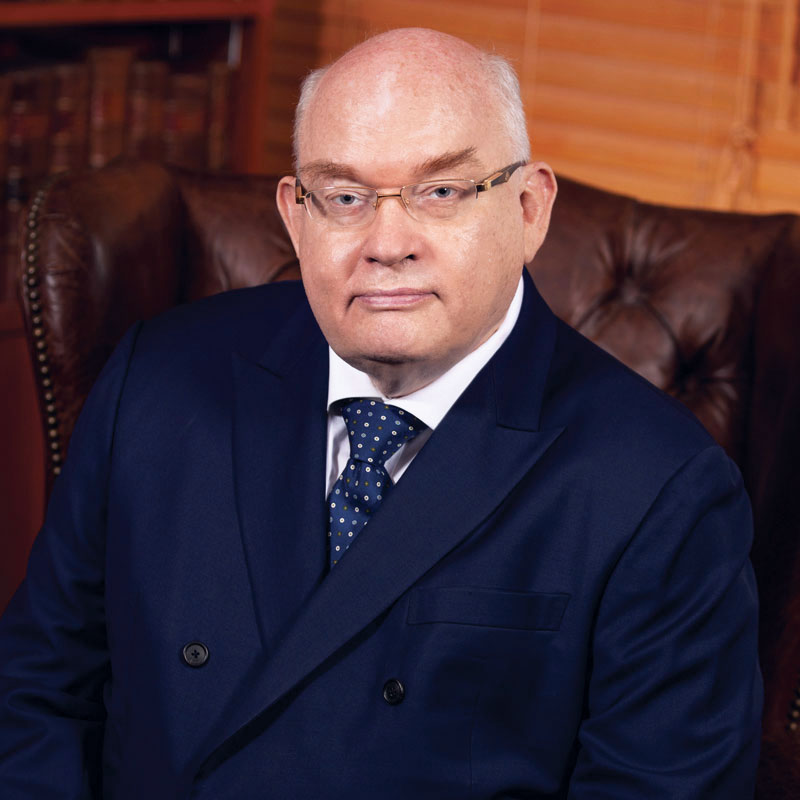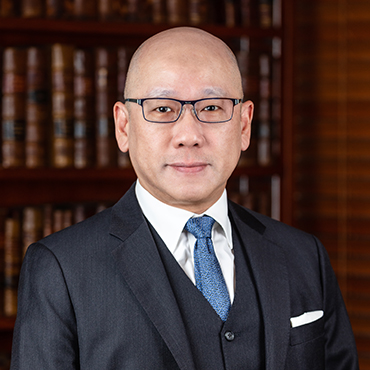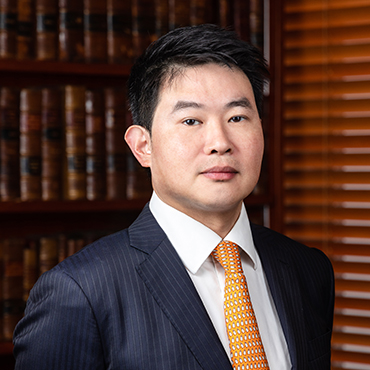Chan Kung Shun v Commissioner of Police [2022] 5 HKLRD 20, [2022] HKCA 1359 (Philip Dykes SC, Robert Pang SC, Albert NB Wong)
Philip Dykes SC and Robert Pang SC leading Timothy Parker, Albert NB Wong and Geoffrey Yeung represented the applicant in HCAL 1915/2019 (respondent in CACV 645/2020) in Chan Kung Shun v Commissioner of Police [2022] 5 HKLRD 20, [2022] HKCA 1359.
During 2019, the Commissioner of Police issued new insignia policies for police officers serving in operations dealing with certain public order events. Xs applied for judicial review to challenge those policies. The Judge held that the practice of the Commissioner requiring police officers (other than Special Tactical Contingent (STC) officers) to wear and display “Call-Signs”, and STC officers to wear and display “Alpha IDs”, failed to meet the standard of effectiveness of investigation required under the procedural limb of art.3 of the Hong Kong Bill of Rights (the Ruling). The Ruling was based on inter alia the finding that there was an absence of evidence that any adequate measure had been put in place by the Commissioner to ensure that Call-Signs and Alpha IDs were properly worn and displayed by police officers, and to take action against those who had failed to properly wear and display them (the Findings). The Commissioner and the Secretary for Justice as putative respondents (Rs) sought leave to appeal against inter alia the Ruling. Rs applied for leave to adduce new evidence which addressed implementation of the insignia policies in respect of which the Judge said evidence was lacking in the Findings (the Implementation Evidence) and, additionally, evidence which sought to update the information provided to the Court regarding complaints received by the Complaints Against the Police Office relating to public order events (the CAPO Evidence). Rs submitted that the Implementation Evidence could not have been adduced before the Judge and that it would have an important influence on the Findings. Further, Rs argued that there was a strong public interest in the present disputes which additionally supported the application to adduce the Implementation Evidence. With respect to the CAPO Evidence, Rs submitted that it was not available prior to the hearing in the Court below.
Held, allowing the application in part, granting leave to adduce the Implementation Evidence, that:
- (1) The Implementation Evidence could have been adduced at the hearing below with reasonable diligence. Accordingly, Rs failed to satisfy the first of the Ladd v Marshall conditions. As that condition was not satisfied, leave to adduce the Implementation Evidence could only be granted if the interests of justice so required (Ladd v Marshall [1954] 1 WLR 1489 applied; Dr Kwong Kwok Hay v Medical Council of Hong Kong (No 2) [2007] 4 HKC 446 considered). (See paras.19-20, 42, 53.)
- (2) Wholly exceptional circumstances justified a departure from the Ladd v Marshall principles in respect of the Implementation Evidence. There was a strong public interest in the disputes – in addition to the parties, other protestors, observers and police officers had a significant interest in the outcome. The Findings formed part of the grounds for the Ruling, and the Implementation Evidence would probably have an important influence on the Findings. To shut out such evidence might lead to a miscarriage of justice and would not be in the public interest (Dr Kwong Kwok Hay v Medical Council of Hong Kong (No 2) [2007] 4 HKC 446 applied). (See paras.20, 44, 49-50, 53-58.)
- (3) The CAPO Evidence could only have been collated after the hearing, such that the Ladd v Marshall conditions did not apply, and the Court had discretion under O.59 r.10(2) of the Rules of the High Court (Cap.4A, Sub.Leg.) to admit it. However, it did not appear that the CAPO Evidence would substantially affect a basic assumption made by the Judge and, in the circumstances, it was not an affront to one’s sense of justice not to admit it. Accordingly, in the interests of finality in litigation, the Court declined to exercise its discretion under O.59 r.10(2) to admit the CAPO Evidence. (See paras.62-68.)
[The above is excerpted from the headnote to the report in HKLRD.]




